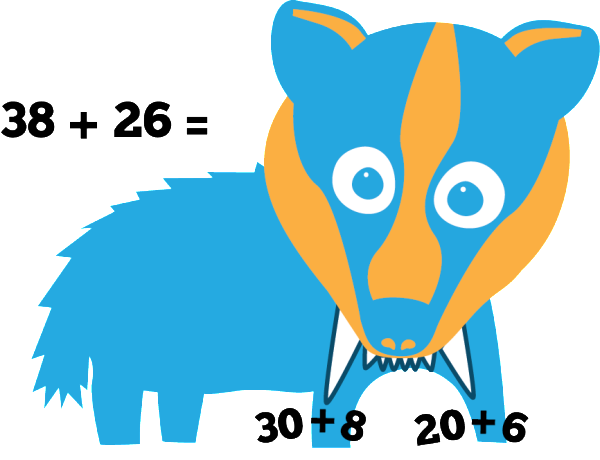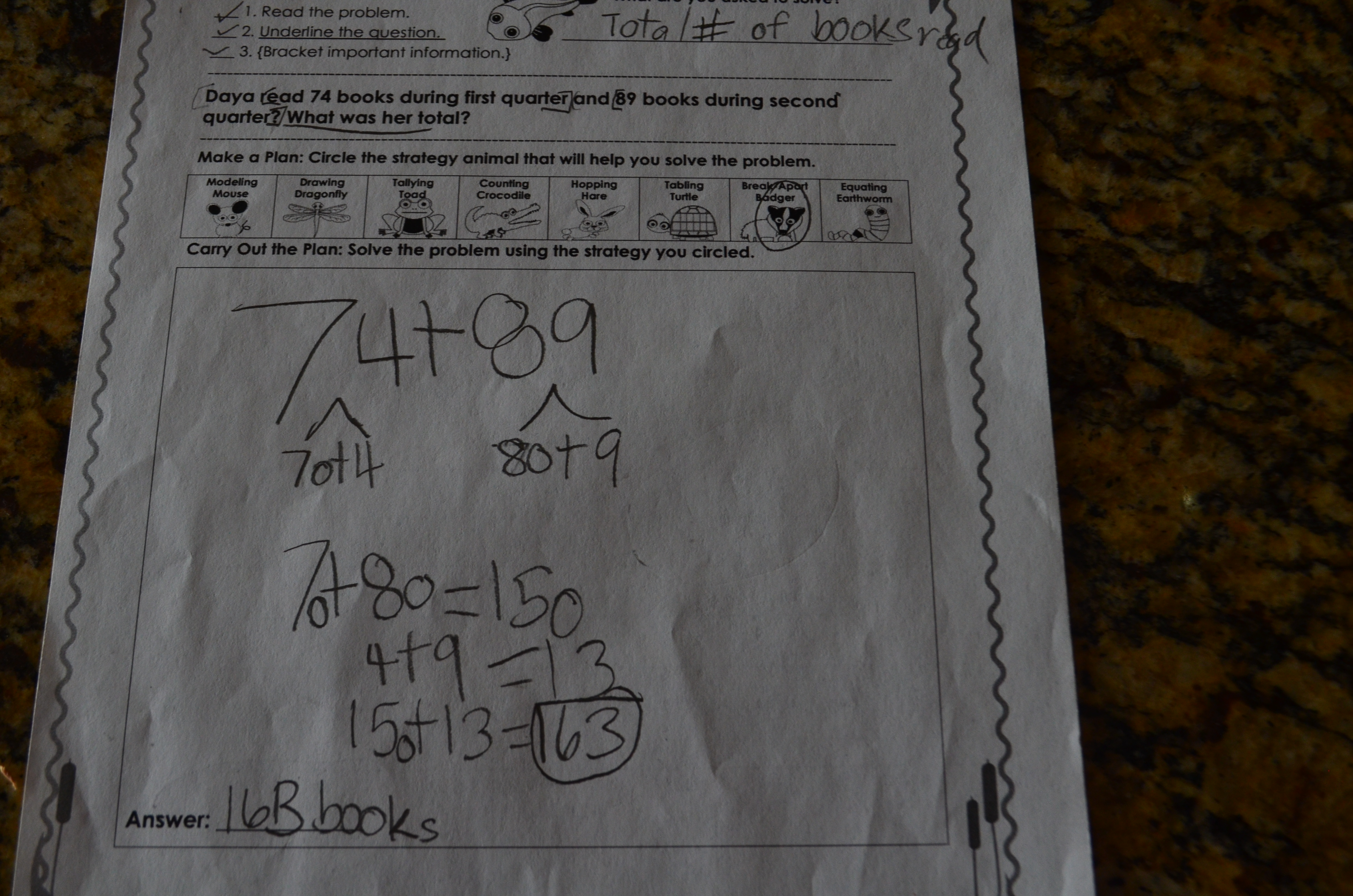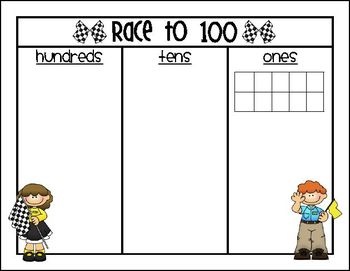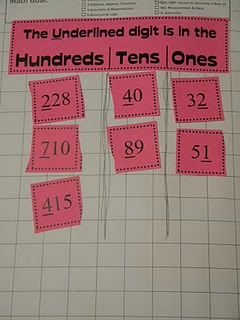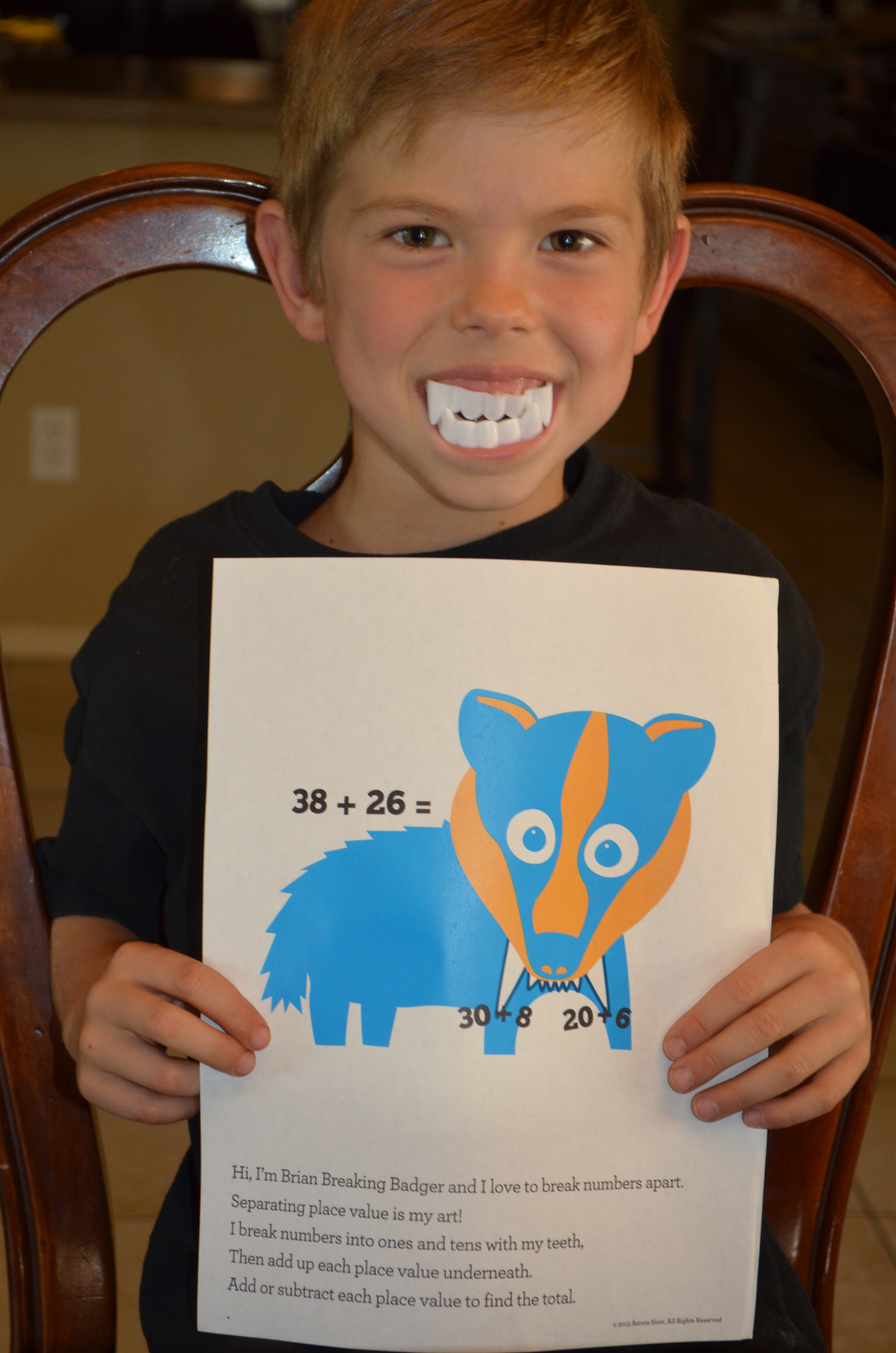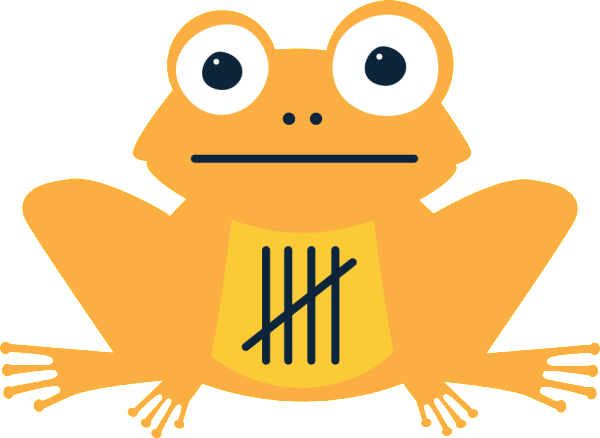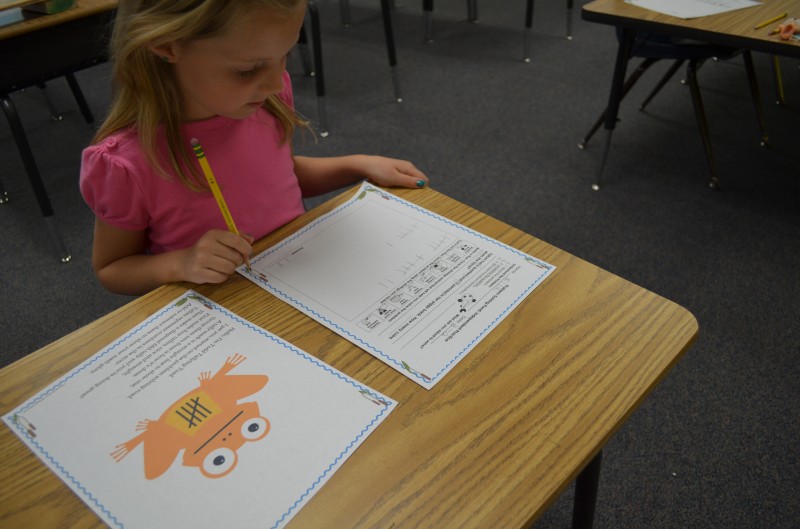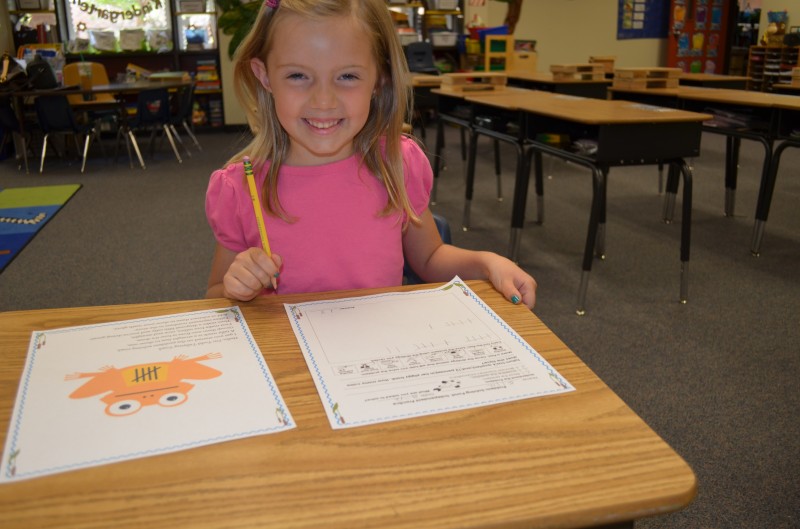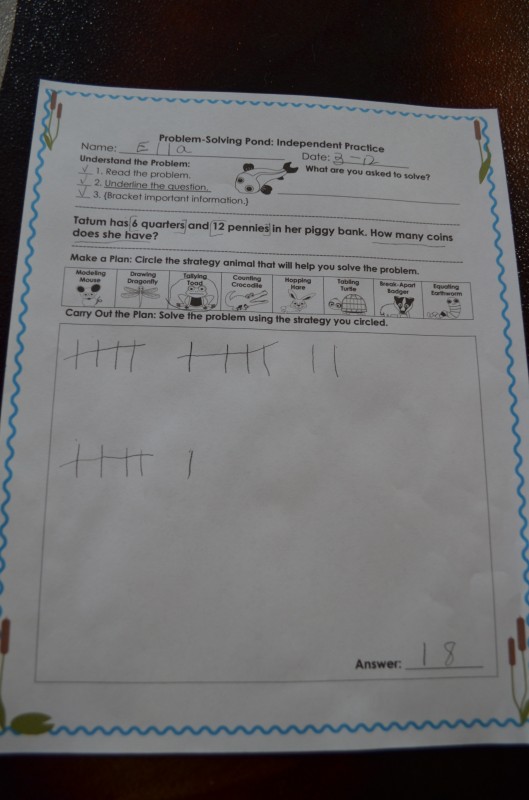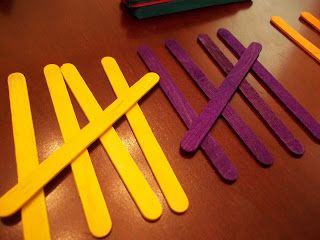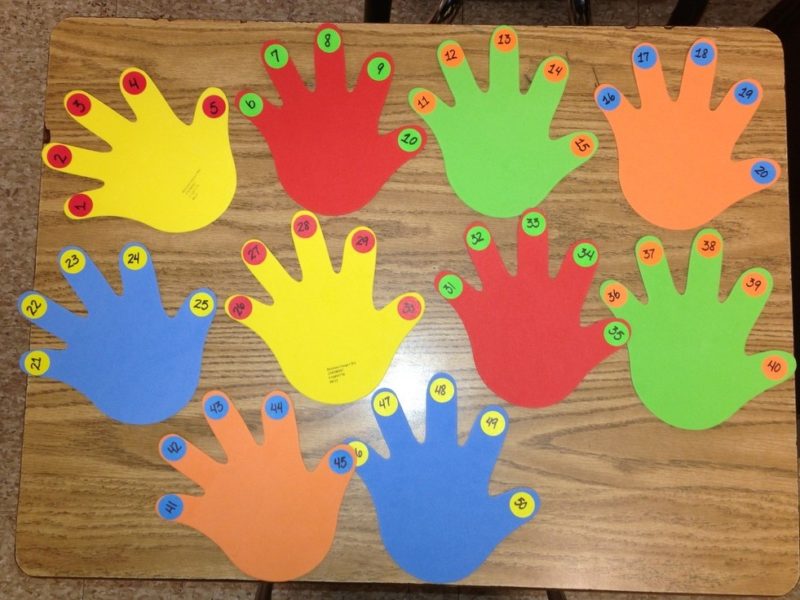The Life-Changing Moment of My Teaching Career
Before Spring Break, I announced to the class that there would be a big surprise when they returned. Some guessed it would be different seats, others said new name tags, but I had a much grander revelation in store. After a year of collaboration and production, all of our Really Good Stuff tools and products finally arrived and I couldn’t wait to share them with the class. Our reading and math strategy animals are an integral part of my classroom as they support and enhance the district prescribed curriculum. Students have such a connection with the animals; some even believe the animals are real so I knew they would be delighted to see the accompanying hands-on tools. I decided to host a Premiere Party to share the exciting news.
First, I added the new decoding and comprehension banners to the Reading Roost (my guided reading area) along with the problem-solving strategy banners at Problem-Solving Pond.
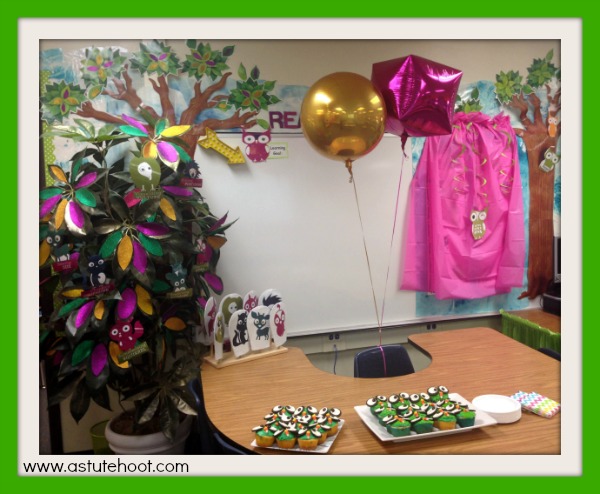
To enhance the surprise, I added these special reveal curtains using plastic tablecloths and a winking Hazel as a special clue.
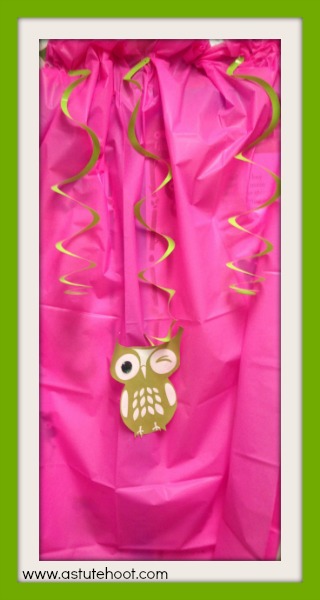
Next, I planned special centers in which students would be able to explore all of the new hands-on products and tools.
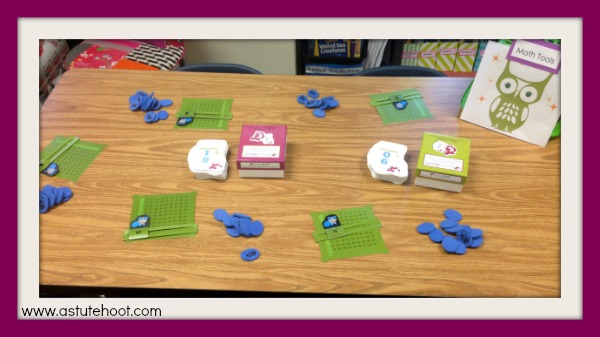 Finally, I made these adorable owl cupcakes and wrote a special note on the door as a hint to the big surprise.
Finally, I made these adorable owl cupcakes and wrote a special note on the door as a hint to the big surprise.
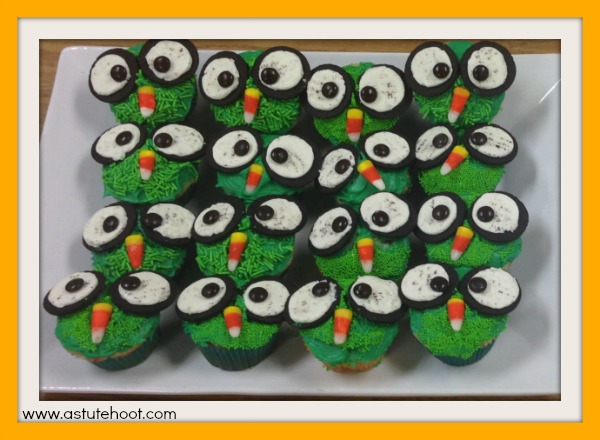
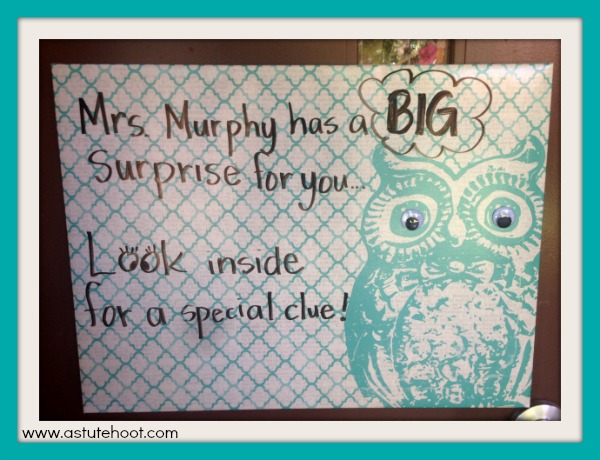
When the class walked in, they were silent, staring at awe at the new room arrangement, balloons and cupcakes. I announced that we were having a Premiere Party to reveal a huge surprise. I explained that Really Good Stuff, a company that produces and sells teaching products, found our strategy animals online and loved them so much, they turned them into hands-on tools. I showed them the Really Good Stuff website with all of our products and they oohed and aahed. As I scrolled through the products, I explained that they would get to explore each one in special Astute Hoot centers and they squealed in delight.
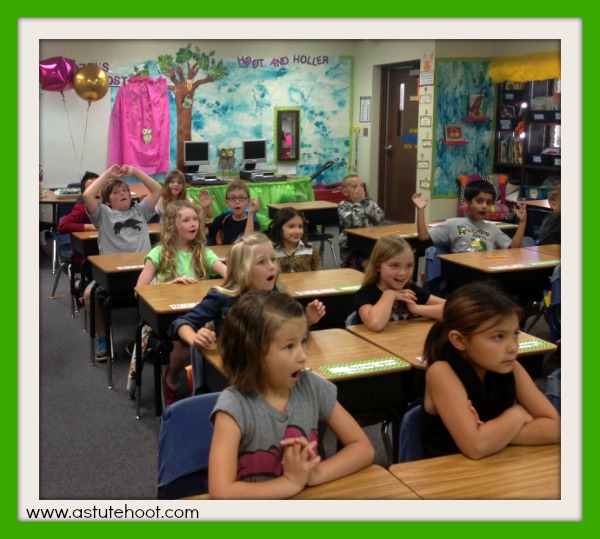
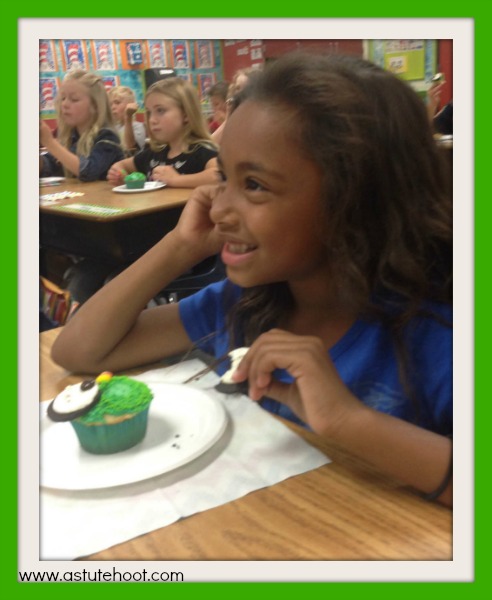
As students rotated through each Astute Hoot center, I was so moved by their excitement and enthusiasm. They were truly captivated by these new tools and demanded to know when we were going to use them “for real”. Their comments were so touching. “I’m so proud of you, Mrs. Murphy! You are amazing!” and “Mrs. Murphy, I am so lucky that you are my teacher.” My favorite was, “I know you are going to be famous so I better get your autograph.”
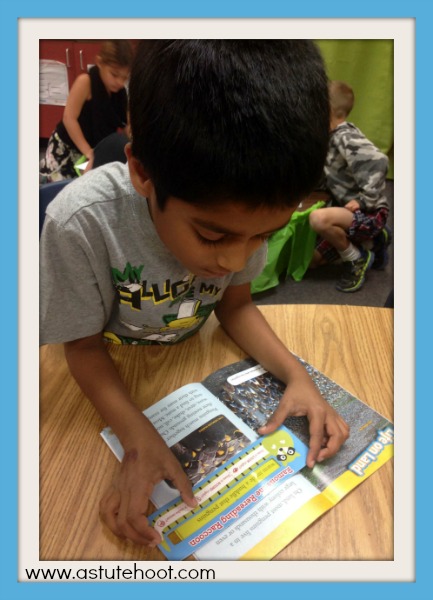
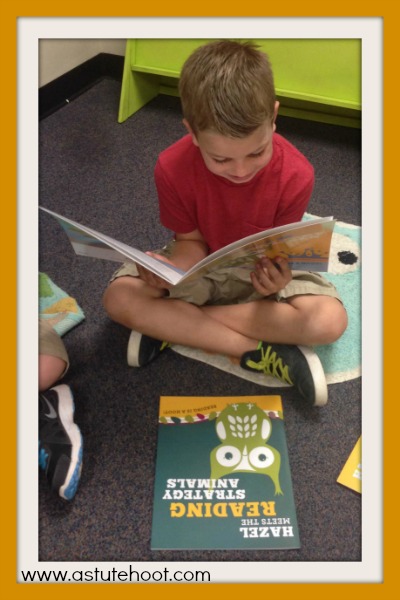
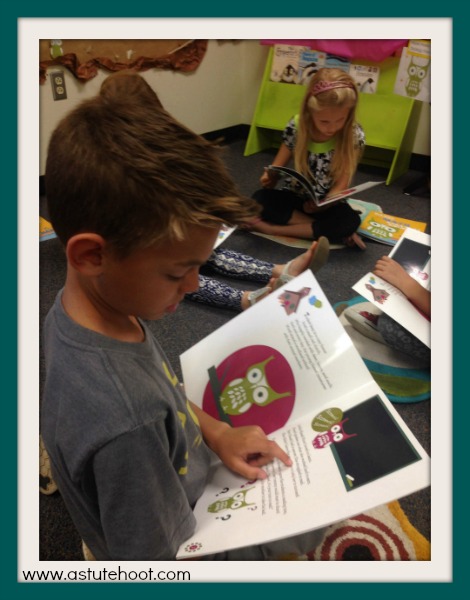
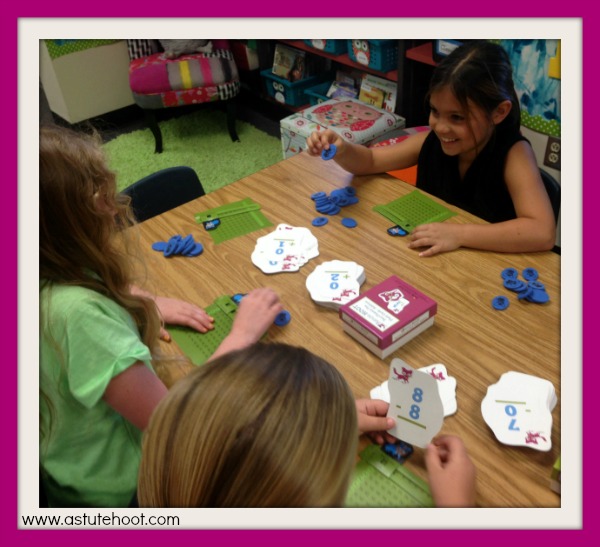
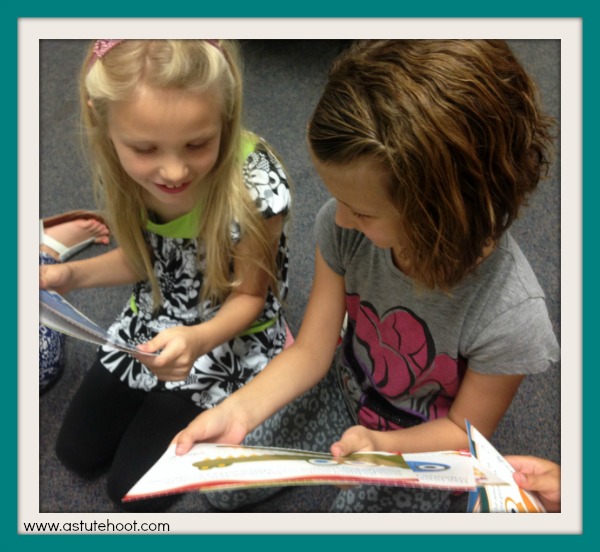
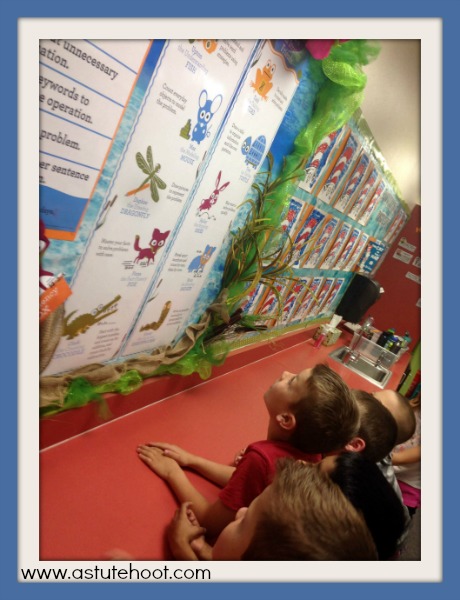
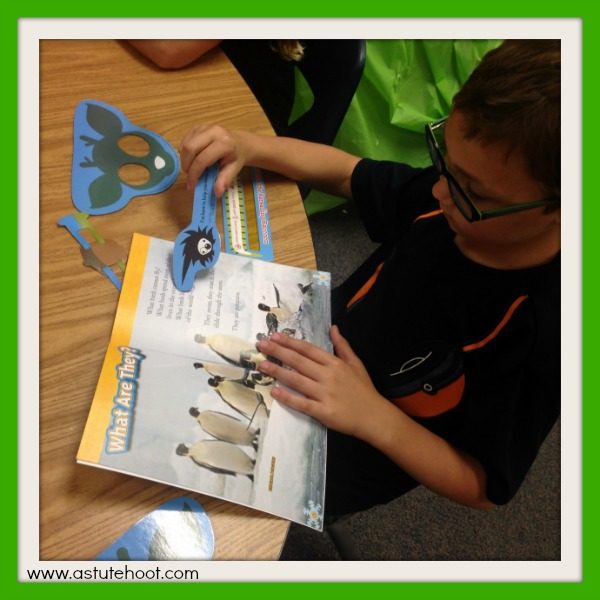
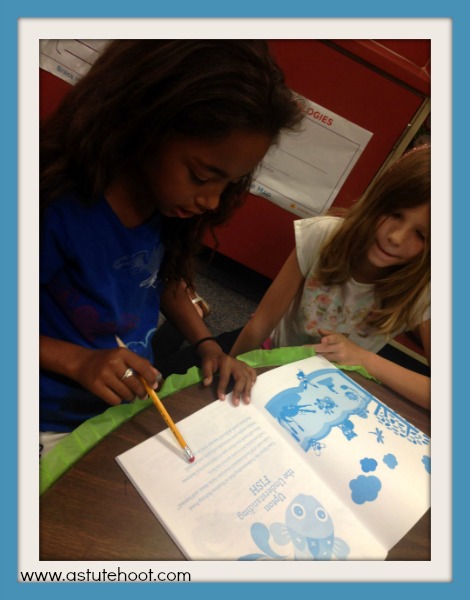
A few students even asked to write reviews and testimonials of the products. They are truly our biggest fans!
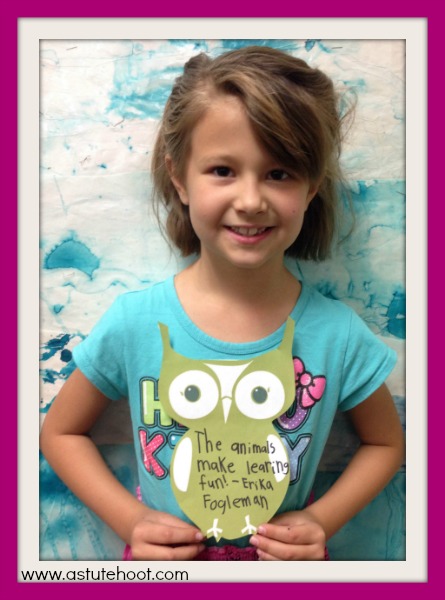
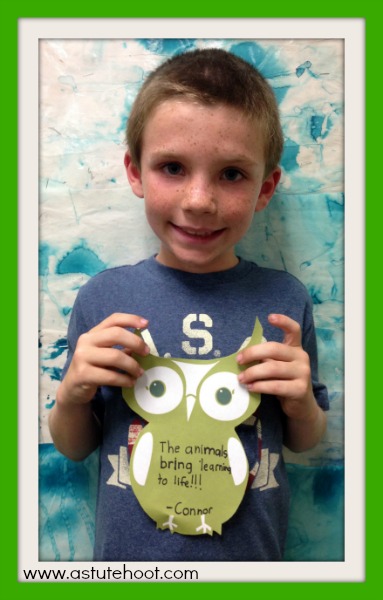
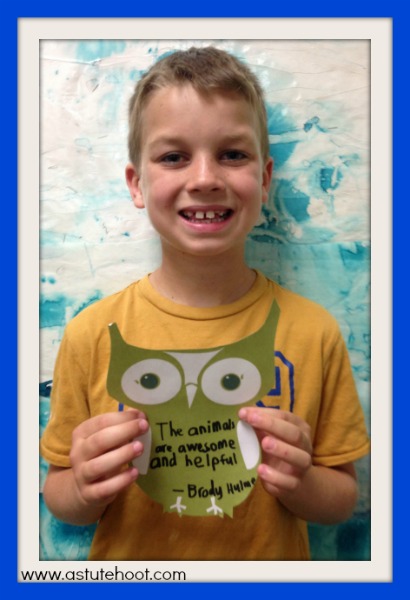
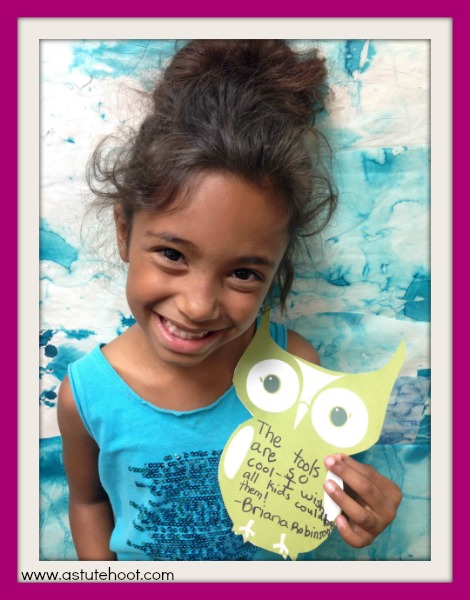
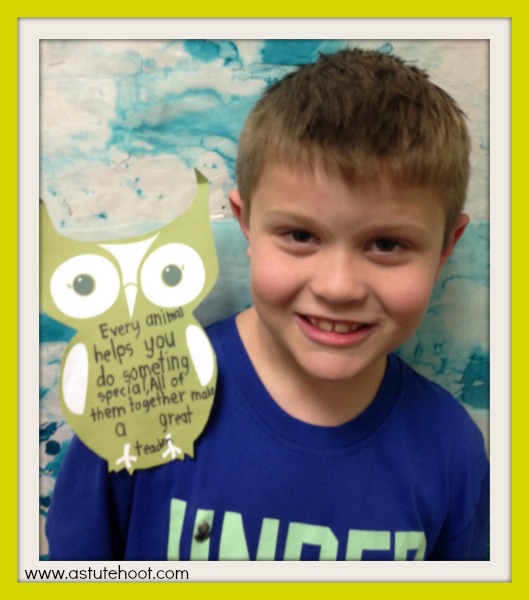
These pictures don’t fully convey the true joy of learning I saw as students explored all of the new materials. This was definitely the most monumental moment in my teaching career and one that will stay with me forever. Not only are my students getting to use these new, innovative tools to help them learn, but they witnessed that with drive, determination, and dedication, dreams do come true.
Check back each week to see these exclusive Really Good Stuff hands-on in action. Download See What The Hoot’s About, a comprehensive sample file that contains a glimpse into the magical world of Astute Hoot, guaranteed to spark enthusiasm in your classroom.


